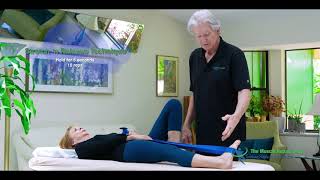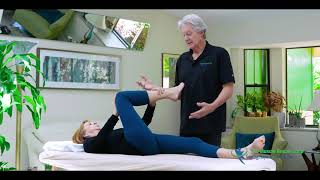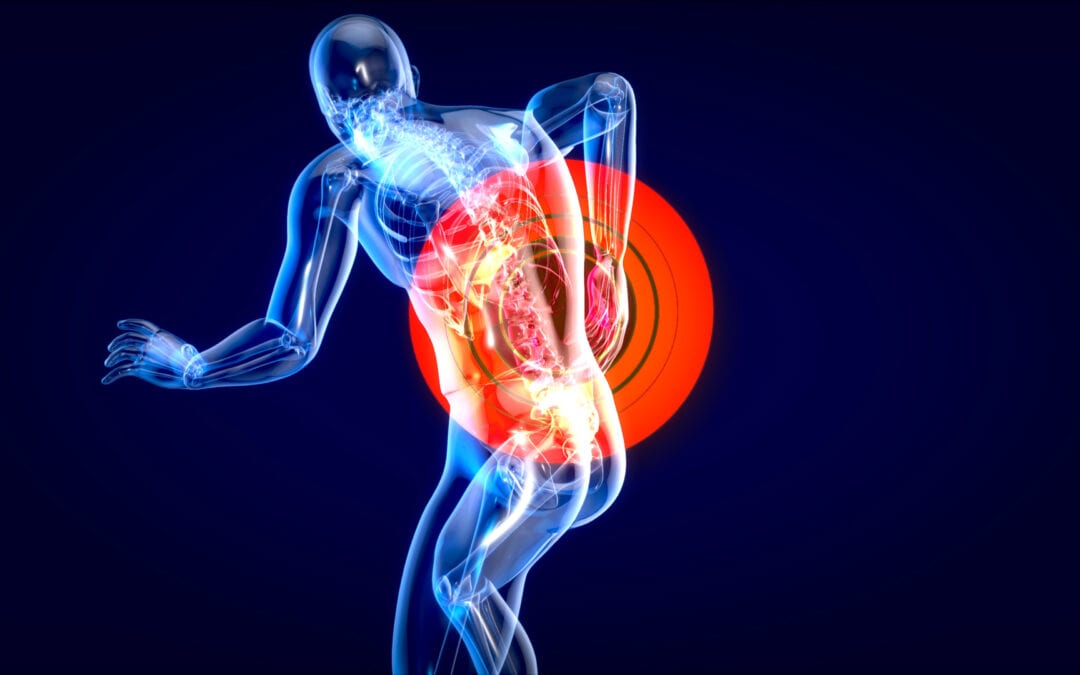Eighty percent of people will have low back pain some time in their lives. The trick is to figure out what causes it and learn to prevent back pain.
According to the American Chiropractic Association, up to 80% of the population will experience back pain in their lifetime and it is the #3 reason people go to doctors. Back pain comes from many different sources and it is rarely from a bad back in the beginning. Things like bulging or herniated discs, pinched nerves, or curvature of the spine happen over time due to not treating the initial back pain correctly.
It is April which means for me, it is time to work in my garden. We love our vegetable garden and our new butterfly garden. Gardening mean working on my knees on the ground. The reaching over to pick up a small plant, digging in the dirt, and lifting of pots or small bags of mulch can create stiffness in my low back if I am not careful. Many of my friends will wear an elastic back brace when working in the yard trying to prevent back pain and if that doesn’t work, they just avoid doing anything that may hurt their back. Soon, they are no longer working in their yards.
What if it is not the back?
Low back pain can be caused by many things and the low back is usually not at the top of the list. The muscles in the hips, thighs, and even calves can create low back pain. In previous newsletters I have talked about the front of their thighs causing low back pain, but what about the hamstrings on the back side. When I am gardening and am on my knees working, reaching forward while on my knees will engage my three hamstring muscles as I grab something and pull it back towards me. Sometimes I may reach out and lift a small plant and then twist slightly to place it in another place which will engage my inner thighs. Both of these areas will tighten from use, not overuse, but use if you are not used to those movements.
Form as the Source of Pain
Very few of us work on our knees and engaging our hamstrings like when gardening. People that set tile in a house, painters, and some artist who pain on the floor can experience a similar feeling. When leaning forward, the 3 hamstrings are literally supporting the weight of your upper body and it is not just the weight of the upper body, but as you lean out that weight increases.
Then if you are doing any twisting, you are not only engaging the inner and outer hamstrings, but the inner thighs too. Since it is an un-natural position for most people, low back pain occurs.
As you work your hamstrings, they begin to tighten, and this can shift the pelvis backwards. This backward shift will engage the hip rotating muscles like the piriformis and can lead to severe low back pain after sitting for a while. I see clients come in on a Monday after a weekend in the garden and they can barely stand up straight.
The twisting can cause the inner thighs to tighten, and the pain will be very similar to the hamstrings except the pain is usually in the middle of the low back just above the tailbone. Again, you are fine until you begin to stand up or get out of your car and the pain can drop you to your knees.
The elastic back brace does little to help because, again, the cause is not in your back and it is not supporting the muscles that are actually causing the pain. It is really a placebo effect.
So, What Do I Do???
Traditional hamstring stretches will not work as they stretch, at best, one hamstring. with the twisting and turning you are doing, the outside and inside hamstrings are usually the cause of your pain. Below I have added the correct way to stretch your hamstrings. Keep in mind that placing the palms of your hands on the floor as you bend down is not the goal here. some of those people still have back pain because they never lean back and stretch out the front of their thighs.
Traditional inner thigh stretches don’t work either, Having two friends come over and each grabs a leg and walks in the opposite directions will not help your inner thighs! Or getting on an inner thigh machine at the gym will not help either. Both will make it worse! In these cases, it is usually the medial hip/thigh muscle that is affecting your low back. I have added that stretch below as well.

https://youtu.be/upt7NmZsHV4
Working on your knees and leaning forward will affect your hips as well. Typically, you will feel some pain in the lower hip which will lead to low back stiffness each time you stand. The Piriformis muscle is that muscle in the lower hip. The larger hip muscle, the Gluteus Maximus will begin to tighten making your back really painful. Th key to reducing your back pain before it becomes a real problem is to get on these stretches as soon as you are done working. I would suggest a hot bath with Epson salts and then spend some time on the tennis ball massage and begin these stretches immediately. If you wait until tomorrow, it might be too late.

https://youtu.be/mCt5HwSd3vg
These stretches work every time for a stiff low back. Thinking about what you earlier in the day or the day before and can help you figure out what area of your body may need help before the pain starts. You have the power to stop pain before it starts, you just need to think it through with the tools I have taught you.
SUBSCRIBE to view all the videos that demonstrate Stretch n’ Release exercises to prevent running injuries and reduce pain.
Want to Talk with Me Directly? Start Here
We’re happy to offer you a complimentary 30-min virtual consultation so you can experience this for yourself. Schedule your introduction to Stretch n Release now.
About The Muscle Repair Shop
Drawing upon his personal experience as a former competitive athlete turned wheelchair, obese and chronic pain sufferer, Muscle Repair Shop Founder Butch Phelps decided to take his health into his own hands when at the age of 36 he was told he might not make it to his 40th birthday. Applying balanced nutrition advice from his doctor along with a sound exercise program, he went from 315 lbs. to 180 lbs. Motivated by his experience, he then acquired degrees in advanced therapeutic massage and aging sciences to help people eliminate chronic pain. This included applying his expertise in how people age, including the effects of dementia, anatomy, psychology, and the day-to-day struggles living as an older person to his practice and development of The Muscle Repair Shop’s one-of-a-kind Stretch n’ Release Technique.
Available through in-office and virtual coaching treatment sessions, this unique combination of stretching and breath work teaches the brain to release the emotional side of muscle tension and pain allows clients to find lasting relief and healing from stiffness, aches, injuries, and chronic pain. The at-home exercises come with customized instructional videos and virtual or in-office support, allowing clients to enjoy and experience life and sports as they did before limitations slowed or curtailed activities.


